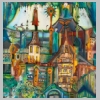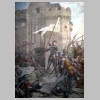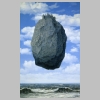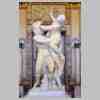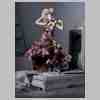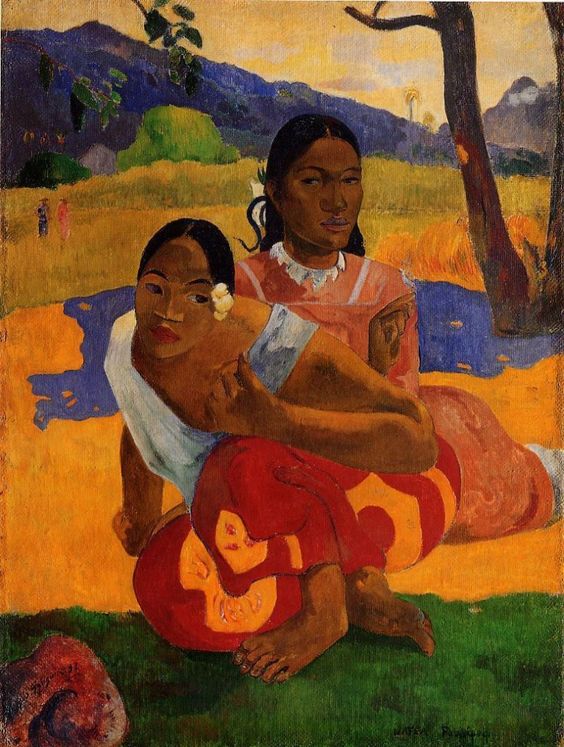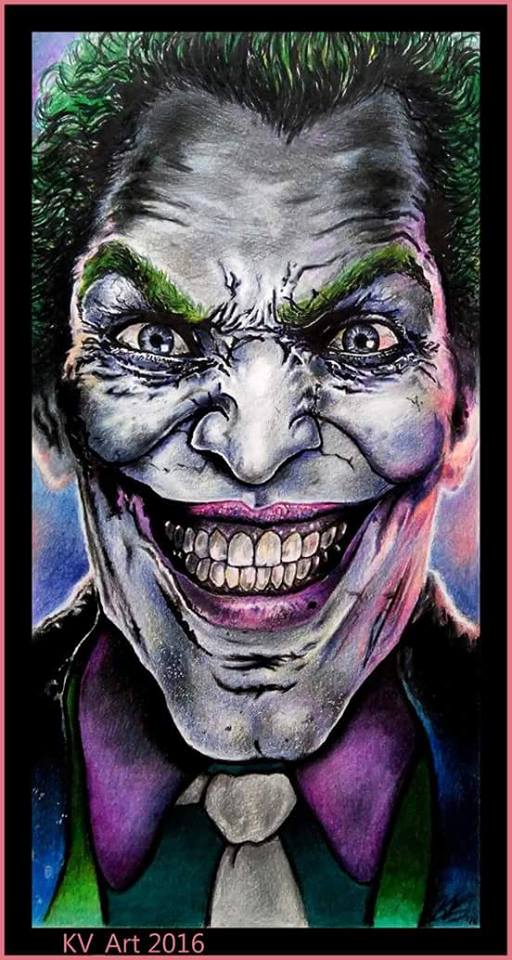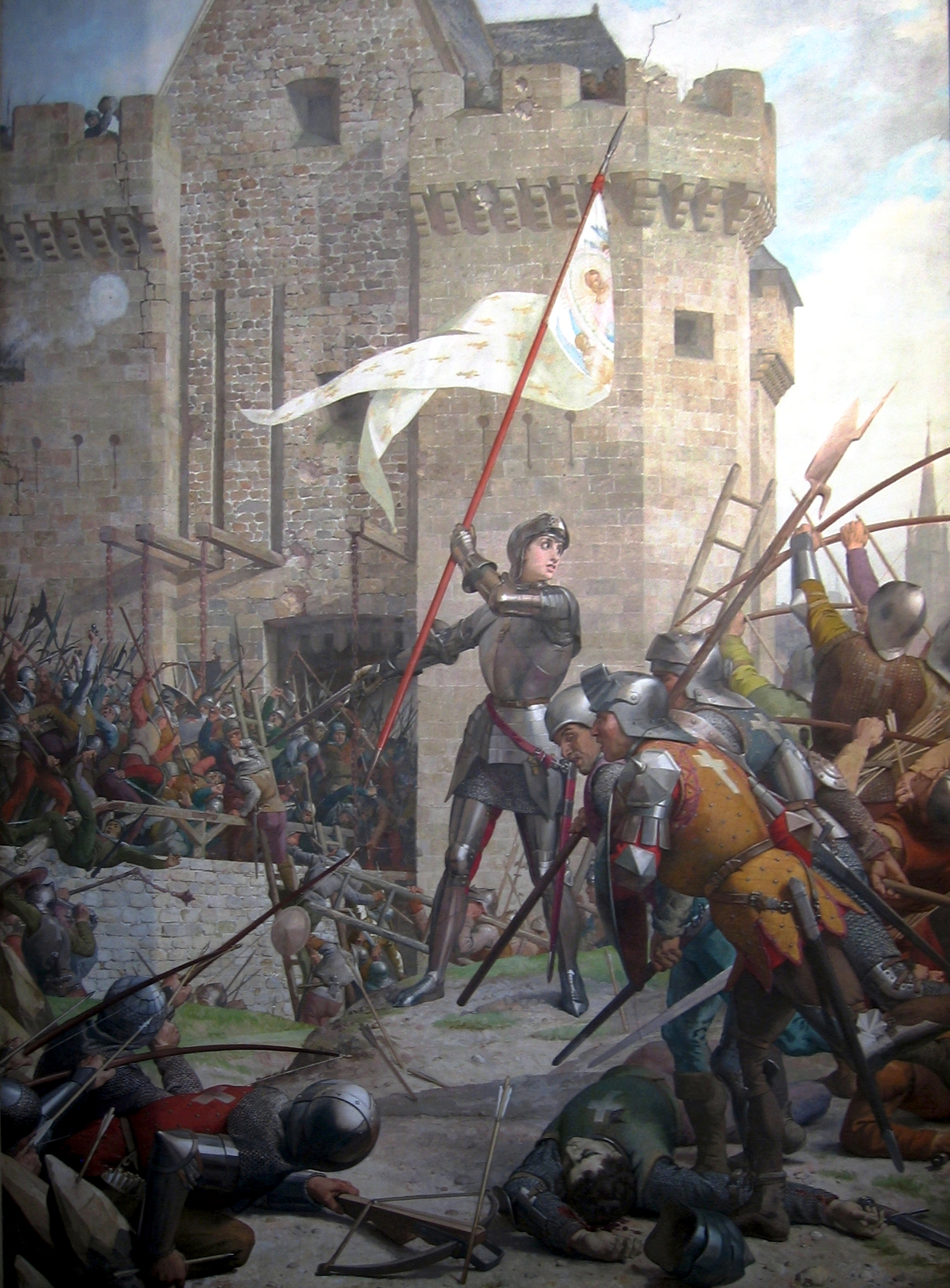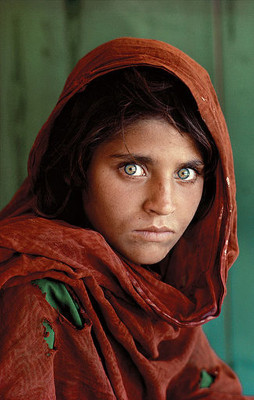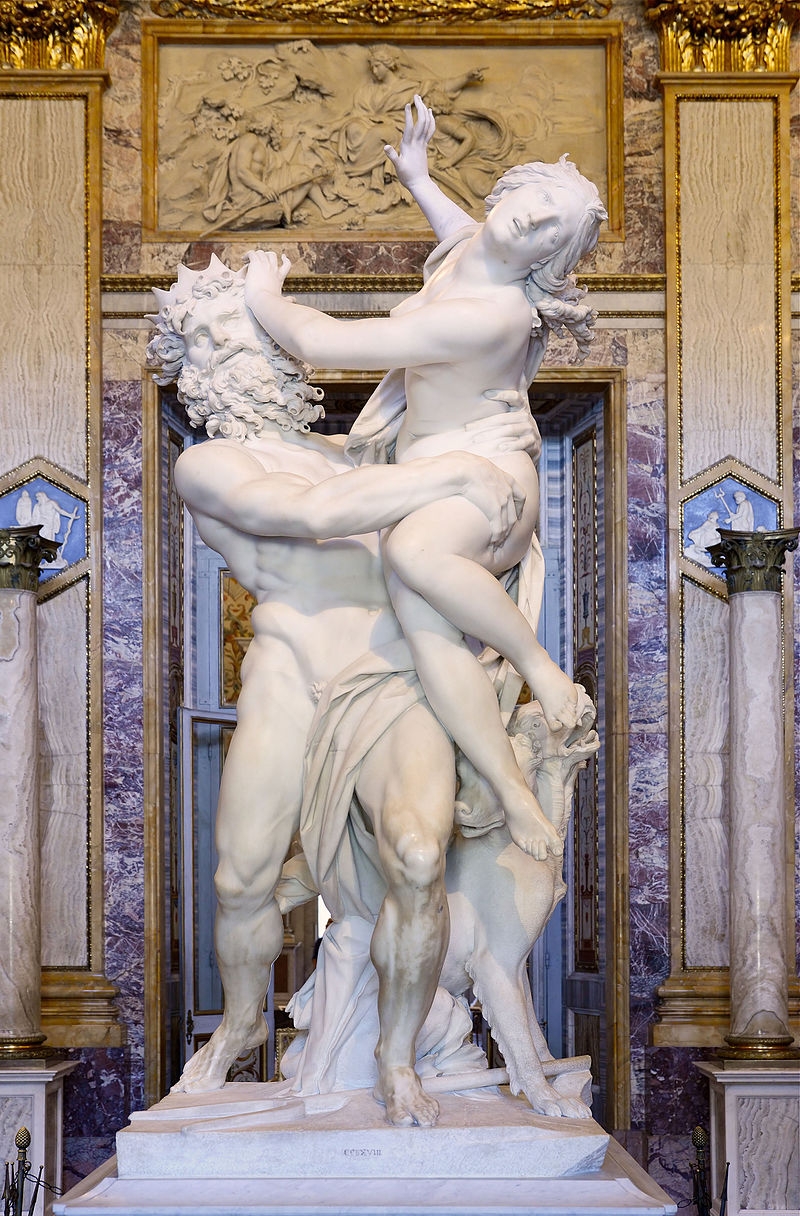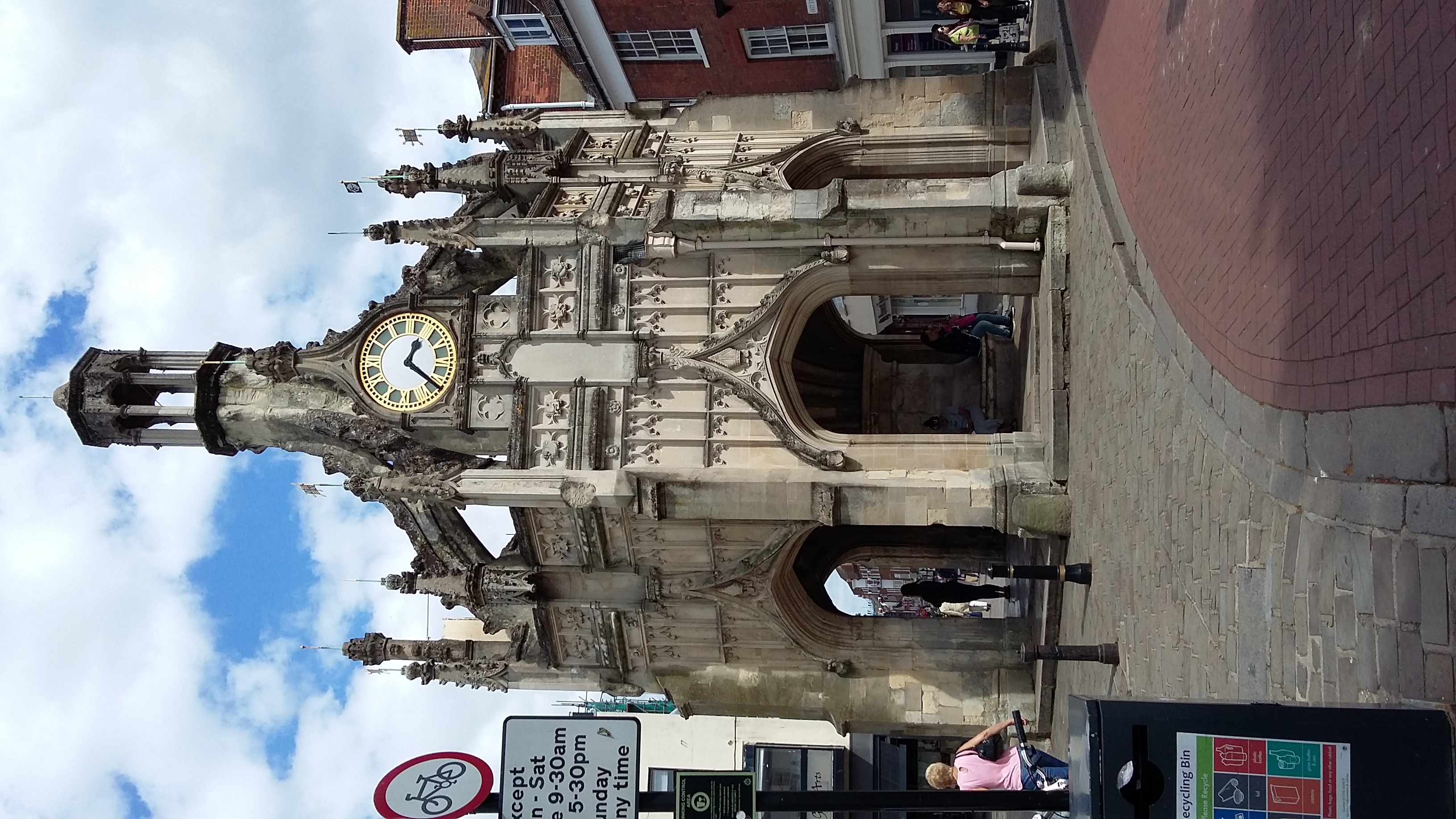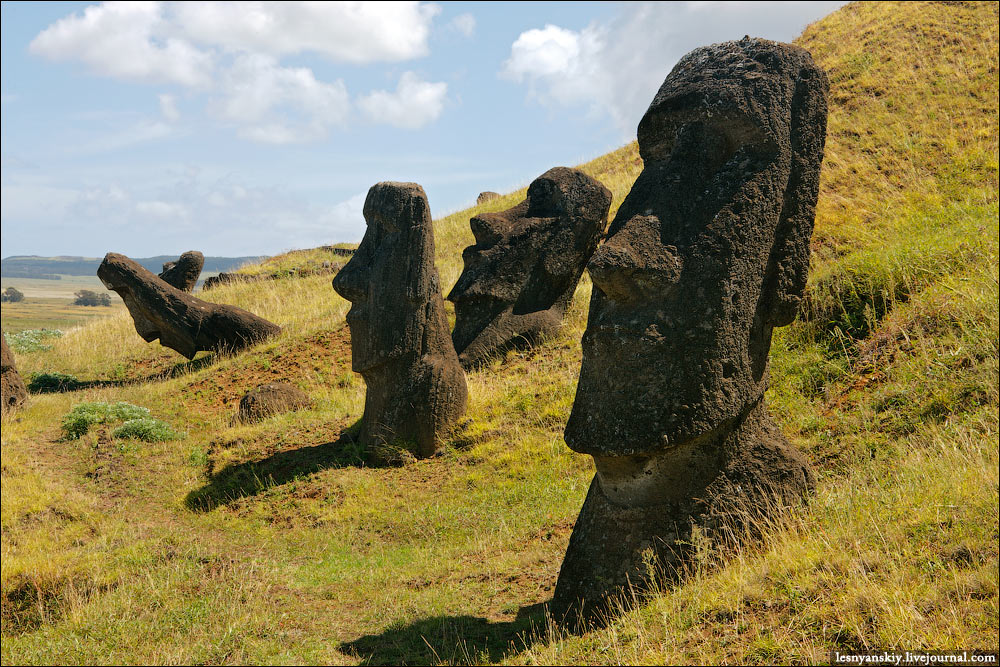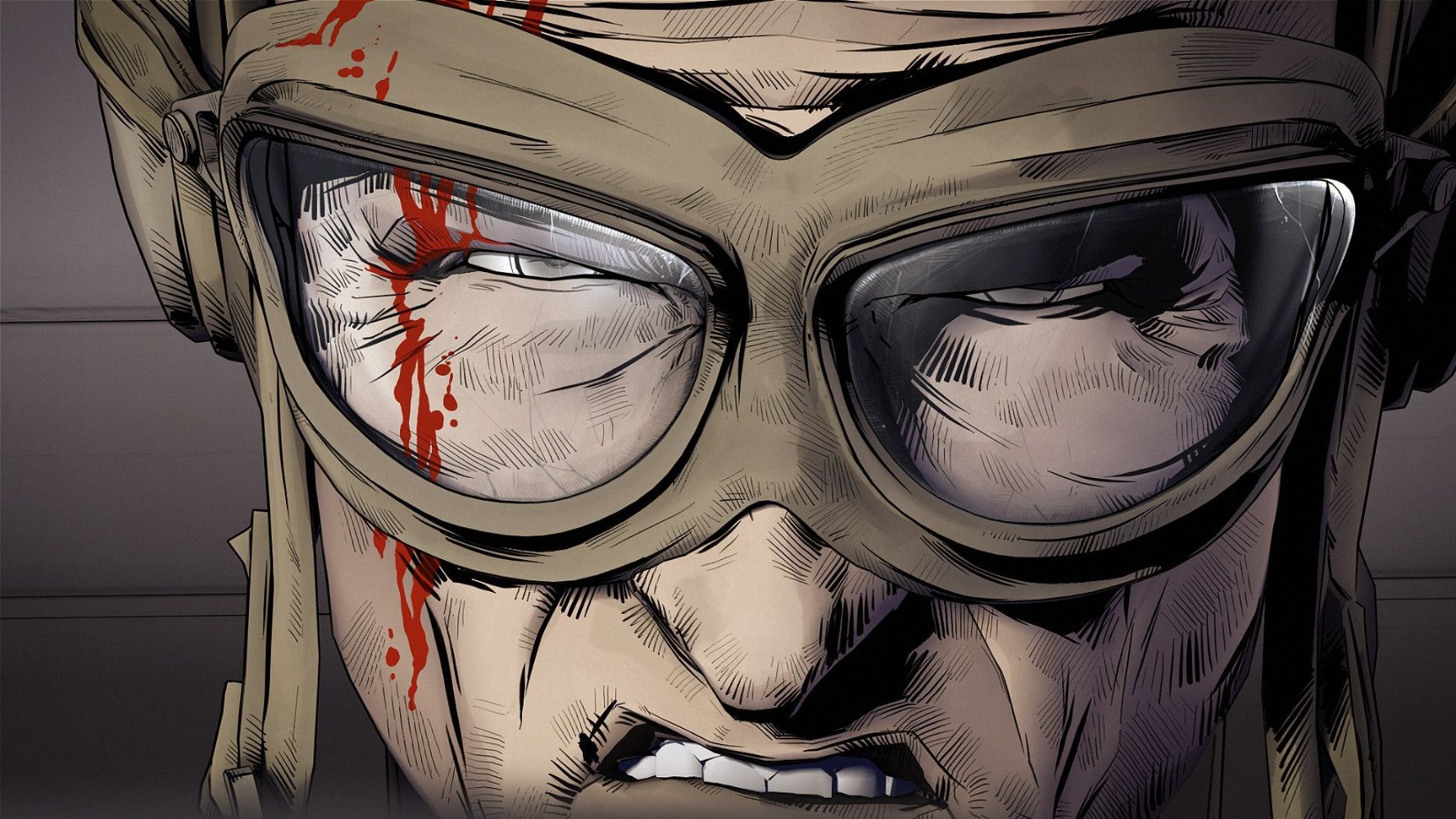|
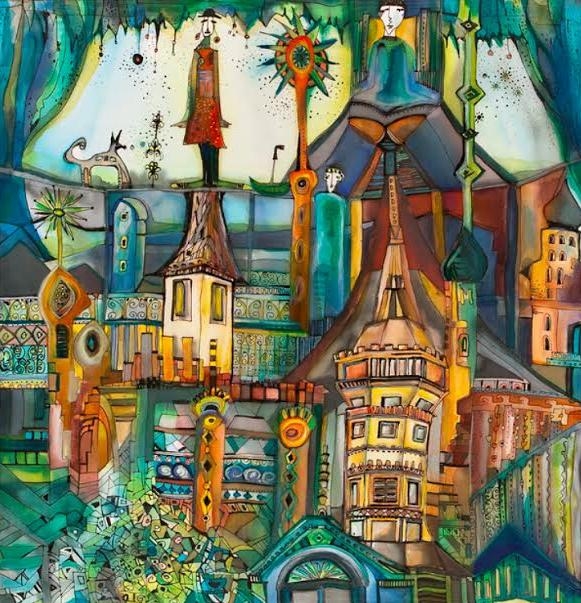
Csurák Erzsébet
|
Erzsébet Csurák, the painter of this work
of art, is a contemporary Hungarian silk-dyer.
Art has played a huge role in her life since her youth: she won several
drawing competitions, she regularly attended to an art camp in Tokaj, where
she was influenced by the spiritual atmosphere, gained powerful experiences,
and met Zoltán Lantos, who made a big impression on her, and on her latest
outlook. She graduated and became a
drawing-teacher. At this time, she preferred water-colour painting and
graphics. She moved to Győr, and started to organize the cultural life of
the city. Later on, she became acquainted with silk-painting and pursued
silk-painting studies in Vienna. In 2010 she had her first independent
exhibition.
This is a 90 cm wide and long painting, painted in 2014. The title in
English translation would be: Rope-dancing
above the town. It was painted with gutta technique, by which it is
meant that the artist sets off the contours, so it is a contouring
technique. The first step of the painting process is to draw the contours
with a contouring material, and the second is already to paint the picture
itself. The function of this technique is to separate the colours and the
forms, but sometimes it can also merge them into one another,
as the artist chooses.
The technique requires the painter to be quick, as the paint dries fast,
keeping the artist from changing anything, like putting
another coat of paint on the painting (she could only paint on the light
parts with dark colours).
At first sight, it is a very colorful painting, and it usually makes people
happy, but it also seems a little bit complex. It is difficult to say what
you see immediately because you might see many things, thoughts come into
your mind one after the other, wondering, what it is about. Some might
consider it a problem, but others like it exactly for this reason, because
it is thought-provoking.
Personally, I divided the painting into parts, and started to think about
them individually, and then, surprisingly the
thoughts meet with each other and become one. Firstly, as I see it, the
town, which occupies the most part of the work, is one big section. The town
is carefully elaborated, the windows and the railings are distinctly
visible, and it makes the impression that it is a busy town with life in it,
though there are no people. It is possibly the colours and the contours,
which set off everything make me feel like that. Secondly, when I look at
the work, I see a line what separates two sections, and because of the
title, it would be the rope. So the second, upper section is the ”above town
part” for me, and here I can already see some real life, people appear. The
little creature on the left, what I consider as a dog, is important for me,
because the dog is a returning figure of my dreams, and I usually can not
decide about these dreams, in which a dog appears, whether they are good or
bad, because it often changes during my dream, so somehow I feel, if two
worlds were merged into one another. And if I project this feeling to the
girl, standing, or dancing on the rope, I have a similar feeling. Dancing on
a rope seems dangerous, even if someone is skilled. It arises the question,
will the girl fall down? What I feel is uncertainty, and the variety of
outcomes. If the girl falls down, then the town swallows her and she
disappears in the chaos, gets into a world where she may never escape from.
On the other hand, she has a chance to keep the balance and succesfully walk
through the rope, and get to the people. I also imagined, that she suddenly
takes a jump and disappears from the picture, because outside it, another
incomprehensible world exists, where she wants to go, because she feels that
she does not fit anywhere, and that is probably the risk of dancing on the
rope makes me feel that. Like everything was possible, everything could
happen, but it is never sure, what really would, like in a dream... This a
strong connection between my dreams and the girl, because they both express
uncertainty for me. Moreover, a human being could be discovered on the left
in a meditation posture. Meditation is a condition, when the person's body
is physically in the real world, but his mind is somewhere else, in an
undefined place, and connecting this to the two figures (dog and the girl)
referred to above, it is the third element in connection with uncertainty,
being between or in two worlds at the same time. This painting tells a lot
of stories, but I believe, that everyone has their personal interpretation
about it, as we all have our own imagination.
I
chose this painting, because I personally know the artist, and was lucky to
play at her exhibition once. Her paintings deeply affected me, so when I
found out that I have to give presentation about a work of art, I knew that
I want to talk about one of her paintings. Fűr
Veronika
|
